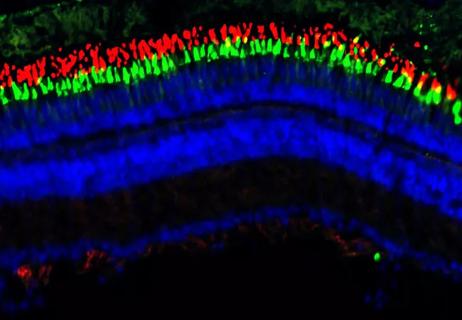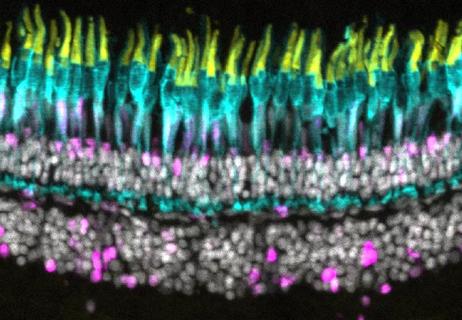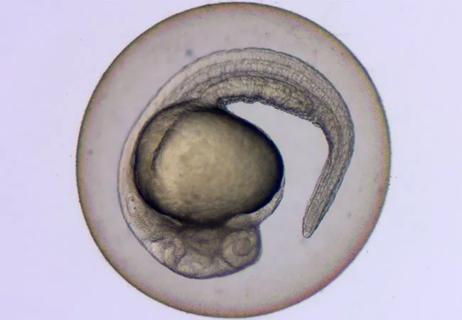Locations:

Researchers to study retinal regeneration in zebrafish with new grant from National Eye Institute

Notch pathway inhibition preserves retinal neurons and promotes regrowth in zebrafish

Unique model is an excellent genetic animal model for study of lethal diseases

Paucity of models hinders development of treatments for this lethal disease
Advertisement
Cleveland Clinic is a non-profit academic medical center. Advertising on our site helps support our mission. We do not endorse non-Cleveland Clinic products or services. Policy
Advertisement
Advertisement